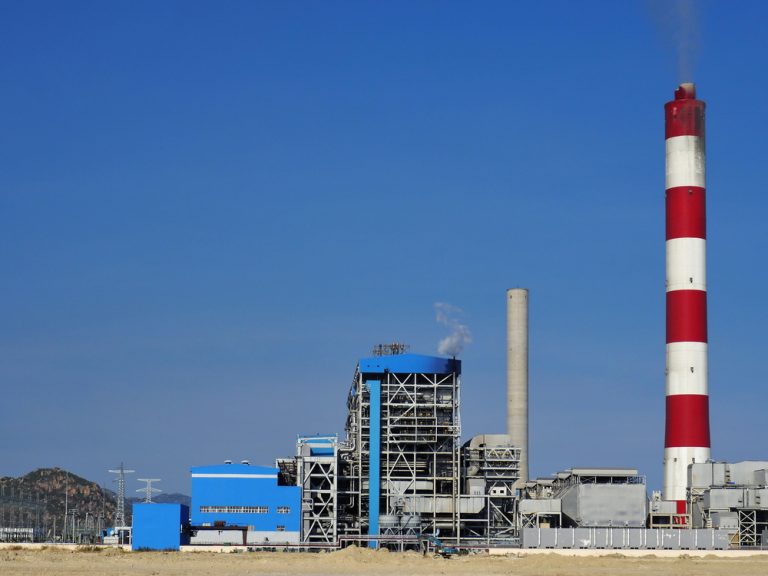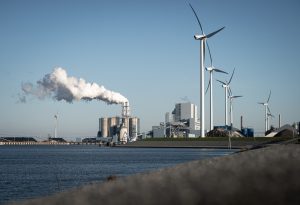Jakarta – The Global Energy Monitor (GEM) report reveals that the global growth of coal-fired power plant (PLTU) capacity is slowing. Last year, capacity addition only reached 44 GW compared to an average of 72 GW per year during the 2004-2024.
Despite these global conditions, Indonesia managed to add 1.9 GW of power plant capacity, 80 per cent of which was captive power plants designed specifically for certain industrial uses.
According to GEM’s report titled “Boom and Bust Coal 2025: Tracking the Global Coal Plant Pipeline,” Indonesia is the third-largest coal plant capacity addition in the world. The report shows that in Indonesia, there are 130 captive power units with a minimum capacity of 30 MW each in operation, as well as 21 units still in the pre-construction or construction phase. Most of these facilities were built to support the downstream minerals sector, which has driven growth in captive capacity from 5.5 GW in 2019 to 16.6 GW in 2024.
Since establishing the Paris Agreement in 2015, total power plant capacity in Indonesia has increased by 29 GW, making the country one of the major players in the coal-based power generation sector. With a total capacity of 54.7 GW today, the 2024-2060 National Electricity Plan (RUKN) aims to add another 26.7 GW, with 75 per cent of the increase coming from captive plants.
The GEM report also revealed that 22 countries worldwide have cut the capacity of their coal plants. Coal plant retirements in the European Union have quadrupled from 2.7 GW in 2023 to 11 GW in 2024, with Germany being the largest contributor at 6.7 GW. Meanwhile, the UK has become the sixth country to phase out coal since the Paris Agreement completely.
This condition is a challenge for Indonesia as it faces the global energy transition. While other countries in the region have begun to reduce the capacity of coal-fired power plants, including the termination of operations in the European Union, Indonesia, China, India, and a number of other countries, continue to increase their generating capacity. China occupies the highest positio,n adding PLTU capacity up to 30.52 GW, followed by India 5.81 GW, Indonesia 1.9 GW, Bangladesh 1.26 GW, and South Korea 1.05 GW.
Furthermore, the growing captive power plant construction plan can potentially pose a risk of stranded assets. Given the global demand for low-carbon energy, as the global transition to renewable energy continues, existing fossil power generation infrastructure could rapidly lose its economic value.
Renewable energy development is key to creating a sustainable electricity system and supporting national emission reduction targets. However, the significant addition of captive power plant capacity shows that Indonesia is still dependent on fossil energy to meet the needs of strategic industries, especially in the downstream mineral sector.
With a clear strategy and deeper policy integration, the government is expected to balance domestic energy needs and decarbonisation efforts, so that the net-zero emission target can be achieved without compromising national economic growth. (Hartatik)
Banner photo: shutterstock













